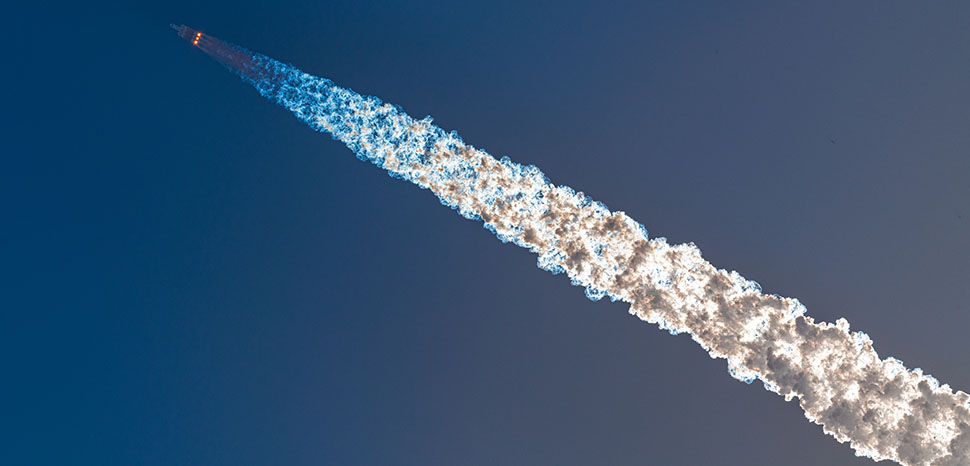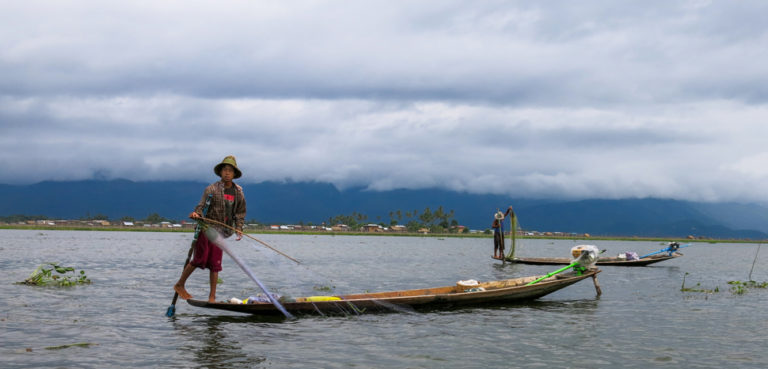Egypt has become the first African country with the capability to assemble, integrate, and test (AIT) satellites, following the delivery of two China-funded prototype satellites for the MisrSat II satellite project. The executive officer of the Egyptian Space Agency, Sherif Sedky, stated that the tests conducted on the satellite models inaugurated the largest satellite assembly, integration, and test center in Africa and West Asia, built through a grant from Beijing. This center not only localizes the satellite industry in Egypt but also positions the country as a leader in technology transfer to Africa. The delivery of the flight model of the MisrSat II satellite is scheduled for a later date. Moreover, the Egyptian Minister of International Cooperation, Rania Al-Mashat emphasized the importance of the advanced technology in enhancing Egypt’s capacities in satellite research such as remote sensing applications. Meanwhile, the Chinese Ambassador to Egypt, Liao Liqiang, highlighted the milestone achievement in space cooperation between the two countries, further promoting the development of space technology in Africa.
Historical Context
In January 2019, Beijing and Cairo signed a 72 million USD grant for Egypt’s space program, marking the third grant from China for a satellite project. In the subsequent years, Egyptian and Chinese engineers will collaborate on the operation of the satellite including its ground control station and application system. Egypt has announced that the MisrSat II satellite is set to be launched from China in October. The satellite is expected to depart Cairo on June 28 and undergo final testing in China prior to its launch. and is designed to have a lifespan of five years from the date of its launch. Notably, Ambassador Liqiang, highlighted the project’s significance by referring to it as achieving “four firsts.” Firstly, Egypt is the pioneering nation to engage in satellite cooperation with China within the framework of the Belt and Road Initiative. Secondly, China will assist Egypt in establishing a comprehensive satellite assembly, integration, and test center, where Chinese and Egyptian scientists and engineers will collaboratively carry out the assembly and testing of Egypt’s MisrSat II. The third milestone entails China’s support in building Egypt’s aerospace team and providing joint training for Egyptian aerospace experts. Lastly, upon project completion, Egypt will become the first African country with full satellite assembly and integration testing capabilities.
The MisrSat II satellite has been reported to possess high-resolution capability of up to 2 meters, which is slated to play a significant role in supporting Egypt Vision 2030 for sustainable development. Egyptian Officials have stated that the satellite will effectively employ national resources by accurately identifying crop types and their distribution based on atmospheric and soil conditions, exploring mineral resources, facilitating urban planning, and monitoring coastal transformations. This satellite transfer marks a significant achievement for China as this is the first time it is conducting a comprehensive test on an entire satellite overseas on a large scale and successfully implementing a satellite cooperation project in a foreign country for the first time. Egyptian Space Agency also penned a memorandum of understanding (MoU) with the Chinese Land Satellite Remote Sensing Application Centre (LASAC) for remote sensing data. The Saudi Space Agency has been in discussion with Chinese enterprises as well.
China has been investing in the construction of new launch sites and has seen the entrance of both state-owned and private-sector companies into the satellite industry. Beijing currently has over 700 functioning satellites in orbit, with approximately half of them being utilized by the military to monitor US forces globally. Additionally, China’s Beidou system, an alternative to the US-operated Global Positioning System (GPS), consists of more than 30 satellites. Notably, China’s state-owned and commercial players in the space sector have outlined plans for over 70 launches in 2023, signifying the ongoing expansion of the country’s space activities.
Egypt ranks as the third-largest recipient of US military aid globally, trailing only Ukraine and Israel. Simultaneously, Egypt has emerged as an important Middle Eastern collaborator in China’s Belt and Road Initiative (BRI), attracting substantial Chinese investments in recent years. There are more than 1,500 Chinese enterprises operating in Egypt, focusing on various sectors such as information technology, electricity provision, telecommunications, and transportation. China and Egypt have established a comprehensive partnership, with a total cooperation portfolio of around $1.7 billion. This funding is allocated to various development sectors, including electricity, healthcare, education, vocational training, and more. In 2022, the collaboration between the two countries further enhanced technical cooperation for capacity-building and human resource development. Remarkably, this cooperation extended to the Egyptian Space Agency, among other initiatives.
Geopolitical Entanglements
Furthermore, countries like Pakistan and Egypt are inclined to increase dependence on China for their digital infrastructure, and may be predisposed to incorporate Chinese satellite internet into their networks. This makes integrating Chinese low earth orbit (LEO) broadband into their existing network systems a possible outcome. This is because their digital infrastructure already relies heavily on Chinese assets, including submarine cables, fiber optic lines, 5G networks, and satellite ground stations. Additionally, China’s strong economic influence in various economies provides Beijing with the power to dissuade the adoption of US services. Meanwhile, countries, including the United States, member states of the European Union, Russia and Taiwan, are also looking to develop their own constellations and satellite-broadband networks. For instance, Russian Roscosmos has invited Algeria and Egypt to participate in the construction of a Russian space station. The proposal aims to build the station while encouraging the two countries to develop their own national space units. The latest space race aims to provide real-time, low-latency satellite internet for industrial and commercial communication as well as offer faster data transmission that can be very critical tactically. This comes in the midst of Egypt winning the bid for hosting the African Space Agency that could further enhance China’s interest in the country for space-related activities.
China is reportedly planning to develop a vast satellite network in near-Earth orbit, aiming to provide global internet services and compete against Elon Musk’s Starlink. The project, known as “Guo Wang,” involves more than 12,000 satellites owned by China Satellite Network Group Co. The launch schedule is currently unknown, but the scale of the network would rival SpaceX’s planned constellation of over 12,000 satellites by 2027. The Chinese constellation is expected to be deployed rapidly to secure a position in low orbit and prevent Starlink from dominating resources. Chinese satellites may also be equipped with “anti-Starlink” capabilities for surveillance and other missions.
To that end, experts state that “China’s strategy is to focus on emerging countries, who face constraints with financing,” and “targets countries which don’t have any satellites in orbit.” Chinese satellites are attractive to developing countries due to their affordability while China provides financial assistance for satellite deals, along with additional benefits like technology transfer and training. Beijing has also been focusing on the Belt and Road Space Information Corridor, which enables participating countries to access satellite and space launch capabilities, enhancing their resource management, weather forecasting, disaster response, internet connectivity, and reducing reliance on US satellites. Thereby, providing China with good will, influence, and access to partner facilities and capabilities.
Currently, Beijing is interested in building remote sensing satellite networks in the African continent that permit China to “support logistical integration of Belt and Road (BRI) partner states.” China played a crucial role in launching Nigeria’s first two communications satellites in 2007 and 2011, respectively. Additionally, Beijing was responsible for deploying Algeria’s inaugural communication satellite in 2017. In 2018, Tunisia became the first location outside China to host a ground receiving station for the Beidou Satellite Navigation System, according to analysts. Furthermore, China assisted Ethiopia and Sudan in launching their first-ever satellites in 2019.
With ongoing collaborations and partnerships, China continues to expand its influence in the field of space exploration and satellite technology around the world. Egyptian satellite grants align with China’s broader ambition of expanding its presence in space and satellite-based services, while also supporting its Belt and Road Initiative and enhancing its strategic interests in Africa thereby setting up Beijing to shape the global landscape of satellite communication and connectivity. Its expanding presence in the satellite industry also reflects China’s strategic focus on emerging countries that have limited leverage to negotiate or to control the direction of the projects.




